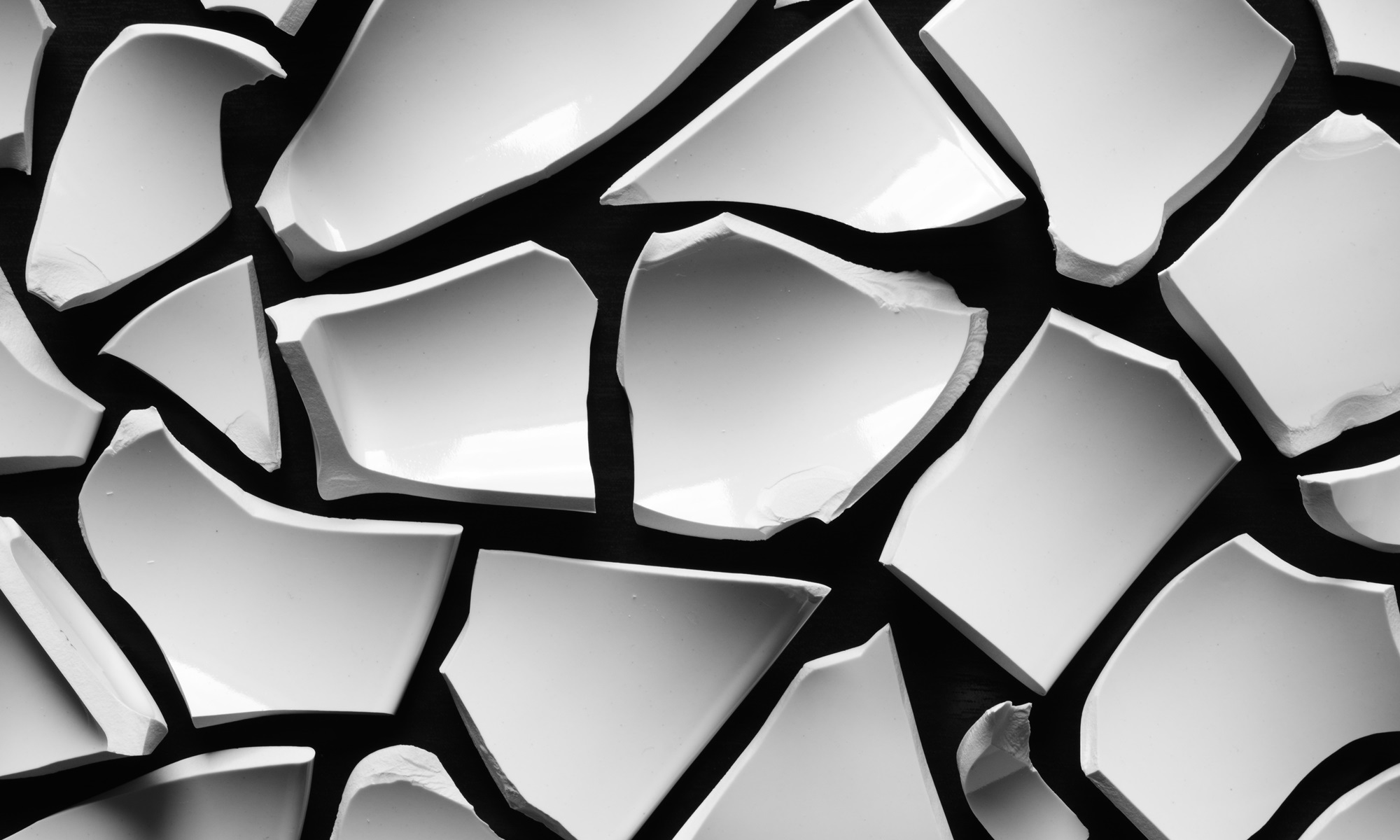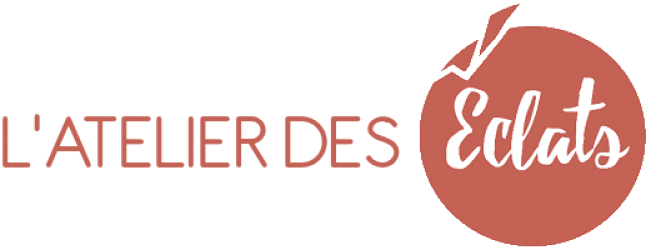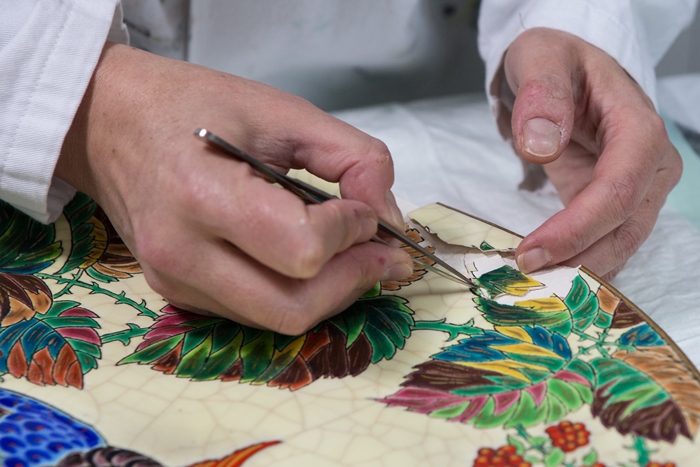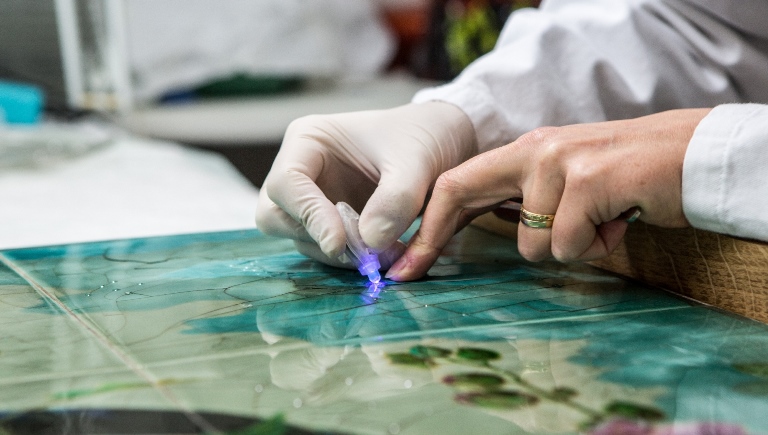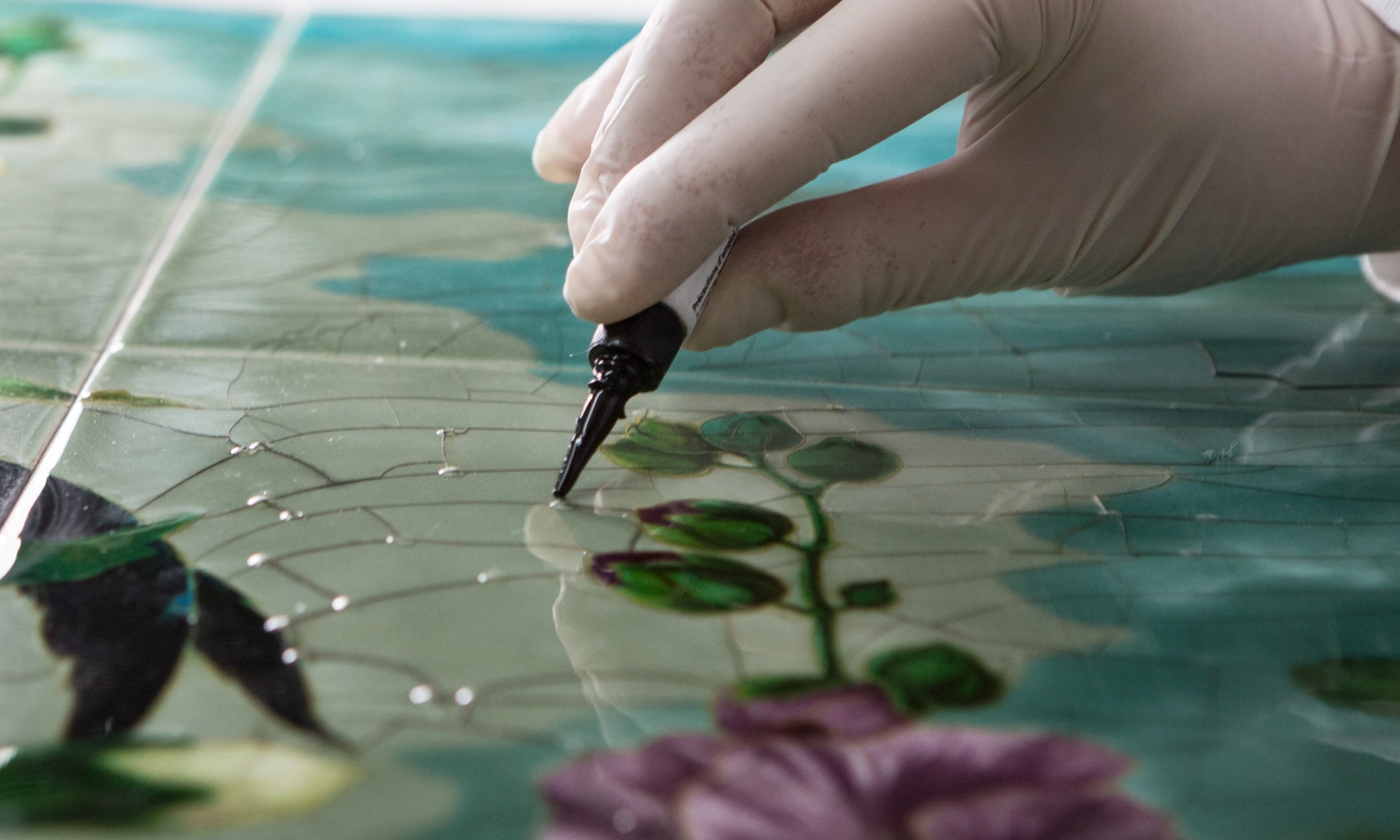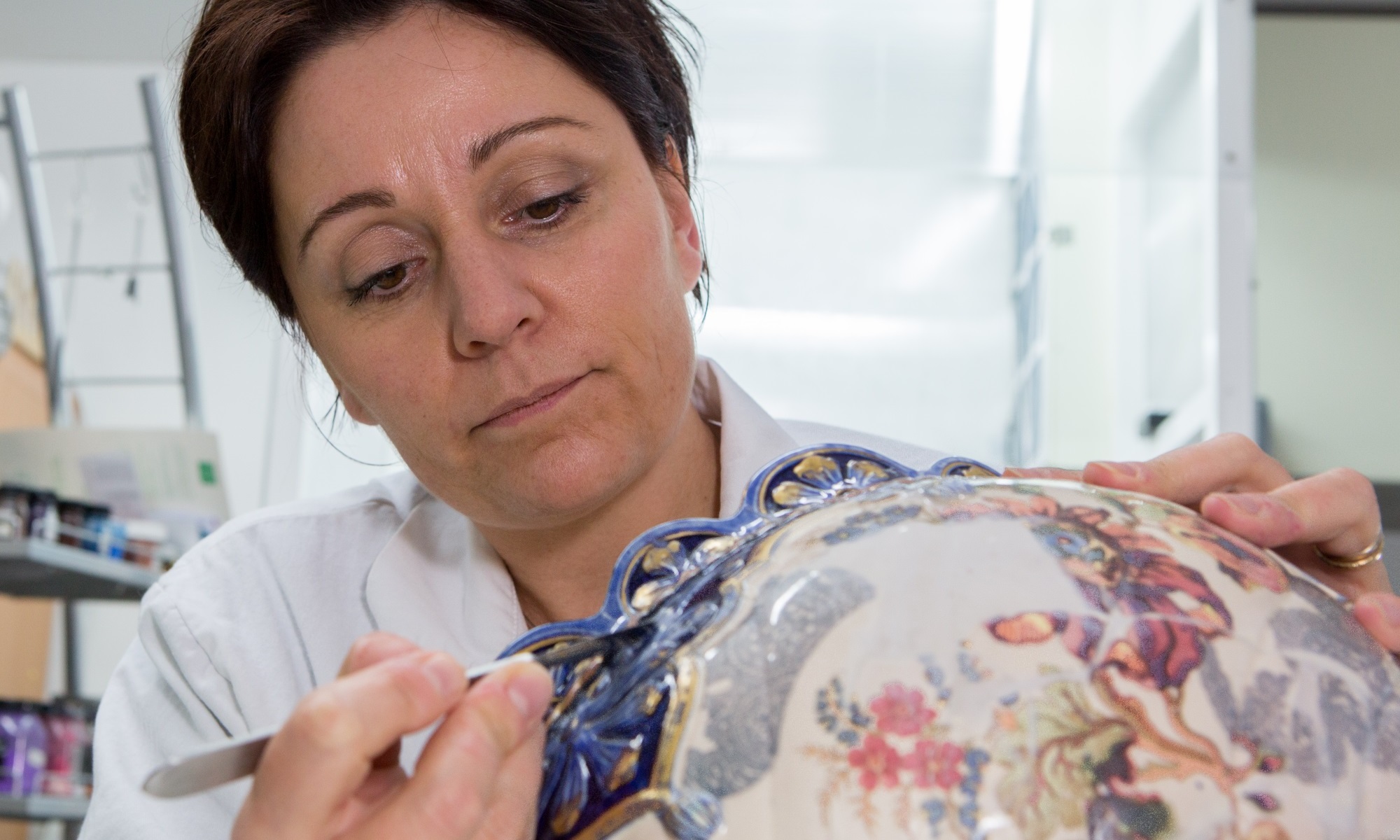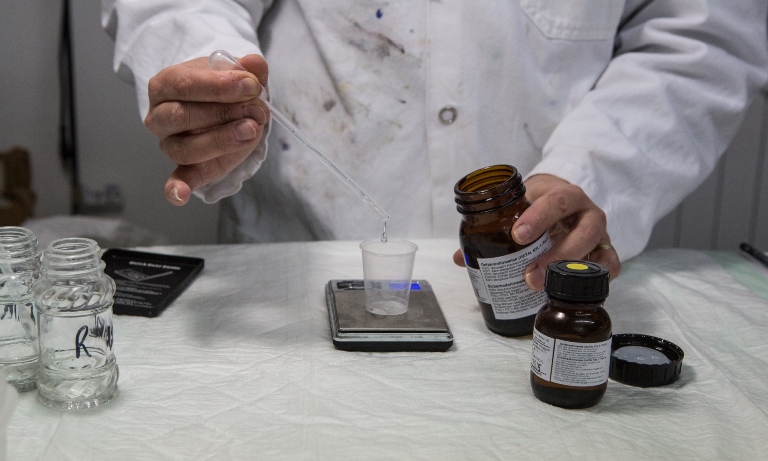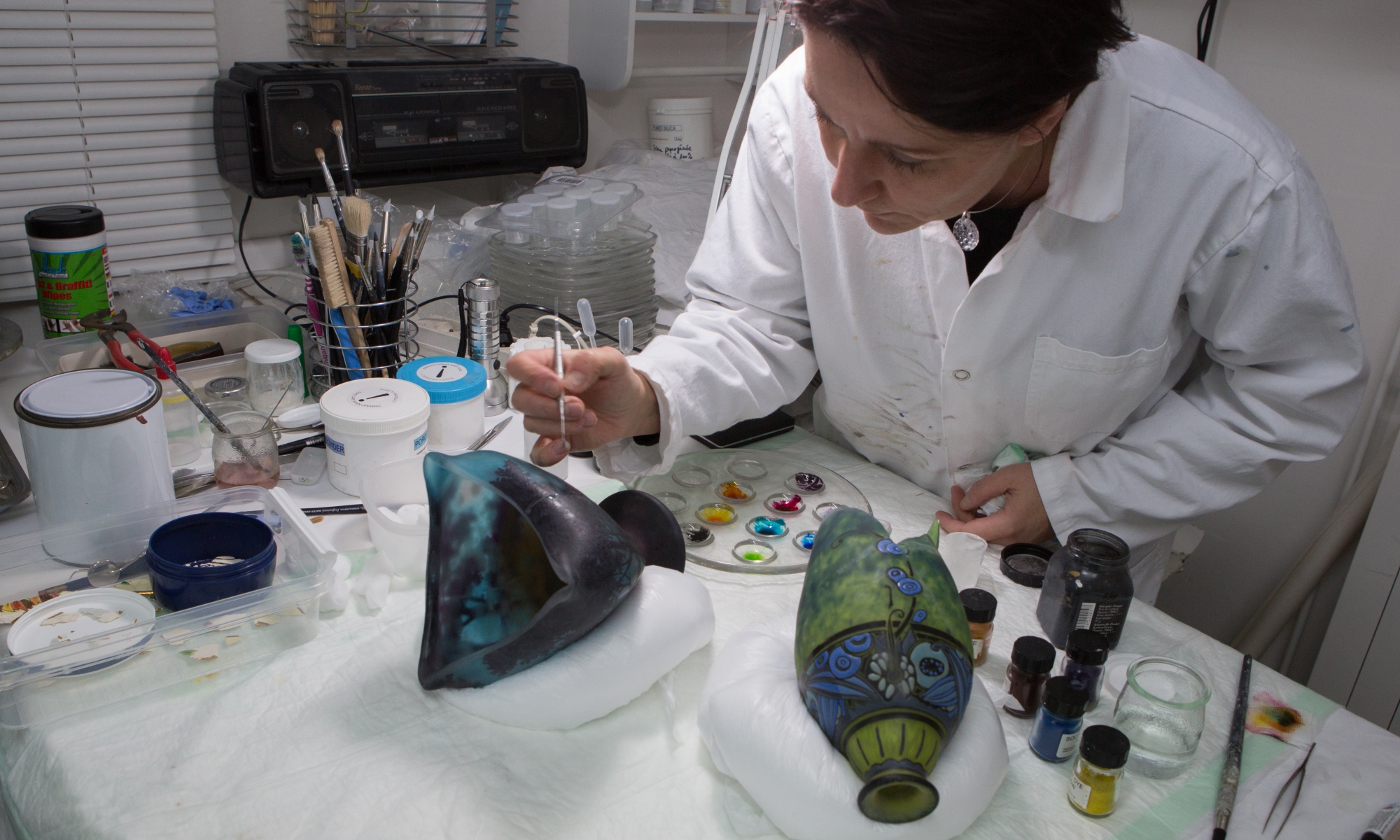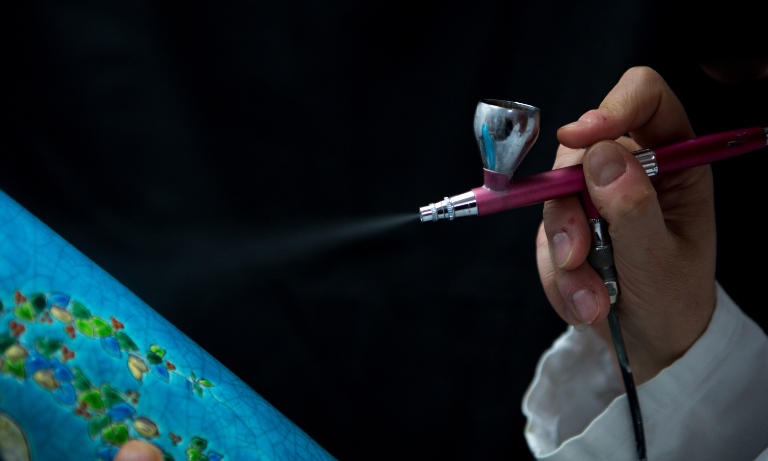❖ Linking Me to the precepts of restoration, I intend, through my interventions, to give back to the piece its original beauty while remaining the most minimalist and natural possible in the respect of the work. I therefore attach great importance to the respect of the Restoration Charter in terms of ethics, and never improvise on the missing parts of a piece when it is an illusionist restoration for which I then rely on Photographic documents or identical parts. In practice, I use only reversible products of high quality and adapted to the different natures of pasta.
❖ My field of competence covers porcelains, sandstones, biscuits and terracottas, earthenware, Majolicas, glazes, glass pasta, multilayer glasses and enamelled metal.
❖ I bring a lot of attention and care to propose a quality work, both for illusionists restorations and for conservation restorations.
❖ Each object possessing its own peculiarities, I will study with you the most suitable restoration possibilities-always in accordance with the Charter-(cleaning, treatment, simple gluing, closure of the gaps or even restoration to The invisible) while leaving you the choice according to your desires and your budget.
❖ The elaboration of the estimates takes into account only the cost of materials and the time spent independently of the value of the object.
